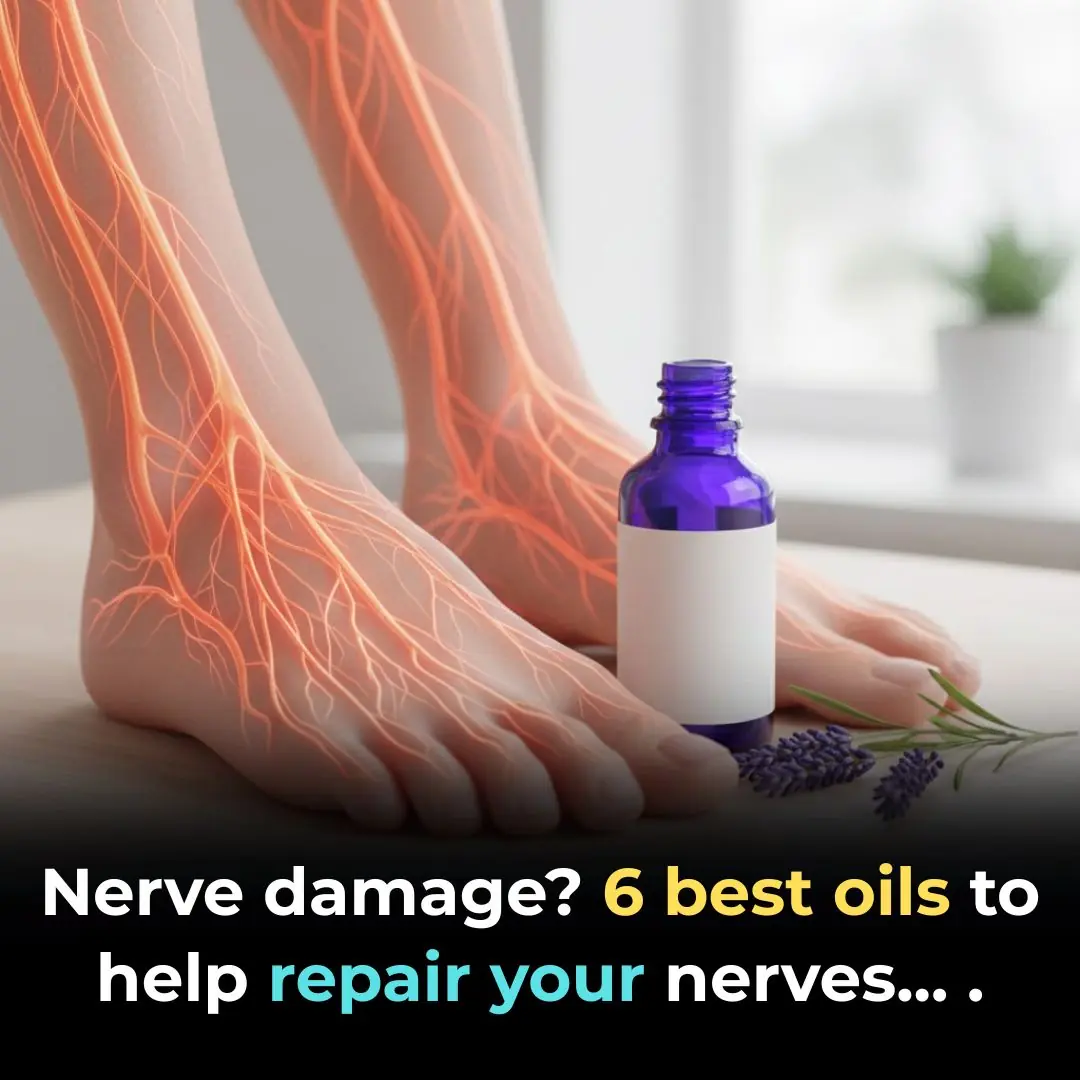
Purple Veins on Your Legs
Purple Veins on Your Legs: When You Should Start Paying Attention
Have you recently noticed bluish or purplish veins appearing on your legs and wondered whether they’re harmless—or a sign of something more serious? You’re far from alone. These visible veins, which may look flat or slightly raised, are incredibly common. They often appear with age, after long periods of sitting or standing, or even as a result of genetics.
While many people see them as purely cosmetic, these veins can sometimes hint at underlying circulatory problems that deserve attention. Understanding what’s happening beneath the surface is the first step to keeping your legs healthy and your blood flowing freely.
What Causes Purple Veins on the Legs?
There’s no single reason why purple veins—often referred to as spider veins or varicose veins—develop. Instead, several factors may work together over time to weaken the vein walls or valves.
🔹 1. Genetics
Family history plays a major role. If your parents or grandparents had visible veins, you’re more likely to develop them too. Weak vein valves or less elastic vein walls can be inherited traits that make blood flow less efficient, especially in the legs.
🔹 2. A Sedentary Lifestyle
Modern lifestyles often involve long hours of sitting at a desk or standing still at work. Both can slow circulation, causing blood to pool in the lower limbs and stretch the veins. This buildup of pressure over time leads to the appearance of visible, discolored veins.
🔹 3. Excess Weight
Carrying extra pounds adds pressure on the veins in your legs, making it harder for blood to travel upward toward your heart. The result? Vein valves weaken, and purple or bulging veins become more noticeable.
🔹 4. Hormonal Changes
Women may experience vein changes during pregnancy, menopause, or while using birth control pills, due to hormonal shifts that relax vein walls. Increased blood volume during pregnancy also puts extra strain on the legs.
🔹 5. Aging and Sun Exposure
As we age, our skin thins and loses elasticity, making veins more visible. Prolonged sun exposure can also damage the small veins near the surface, especially on the legs and face.
Could Purple Veins Be a Sign of Something More Serious?
In many cases, purple veins are harmless. However, if they persist, worsen, or come with other symptoms, they may signal an underlying vascular condition.
-
Chronic Venous Insufficiency (CVI): This condition occurs when vein valves don’t function properly, causing blood to flow backward and pool. Over time, veins stretch, darken, and can become painful.
-
Vascular Blockages or Trauma: Injuries to the legs or blocked veins can change how blood circulates, leading to visible discoloration.
-
Heart or Circulatory Disorders: If leg vein changes come with shortness of breath, chest pain, or fatigue, it might indicate a deeper cardiovascular issue that needs medical evaluation.
-
Type 2 Diabetes: High blood sugar can damage blood vessels, making veins more fragile and prone to darkening.
⚠️ Important: Ignoring progressive vein issues can lead to complications such as venous ulcers, deep vein thrombosis (DVT), or phlebitis (inflammation of the veins). Early intervention is always better than waiting for symptoms to worsen.
Early Warning Signs to Watch For
Early Stage:
-
Small, thread-like bluish or purple veins beneath the skin
-
Usually painless and primarily a cosmetic concern
-
More noticeable after long periods of sitting or standing
Progressed Stage:
-
Veins become larger, darker, or visibly bulging
-
Legs may feel heavy, achy, or tired, especially in the evening
-
Swelling around the ankles or calves
-
Burning, cramping, or throbbing sensations at night
If you recognize these symptoms, it’s time to schedule a visit with a healthcare provider or vascular specialist for evaluation.
How to Prevent or Manage Purple Veins
The good news is that there are effective ways to protect your leg health and improve circulation—often without surgery.
✅ Maintain a Healthy Weight: Reducing excess pressure on your legs helps prevent valve damage and improves overall circulation.
✅ Exercise Regularly: Low-impact activities like walking, swimming, yoga, or cycling keep blood moving and strengthen leg muscles, which support healthy vein function.
✅ Elevate Your Legs: Raise your legs above heart level for 10–15 minutes a day to reduce swelling and help blood return to the heart.
✅ Take Breaks from Sitting or Standing: If your job requires long hours in one position, try stretching or walking every 30–60 minutes.
✅ Wear Compression Stockings: These snug, medical-grade garments gently squeeze the legs, improving blood flow and reducing fatigue.
✅ Avoid Tight Clothing and High Heels: These can restrict circulation in your legs and make vein pressure worse.
✅ Stay Hydrated and Eat Well: A diet rich in fiber, vitamin C, and bioflavonoids strengthens veins and prevents constipation, which can worsen vein pressure.
For more advanced cases, medical treatments such as laser therapy, sclerotherapy, or minimally invasive vein surgery can effectively remove or shrink damaged veins. These procedures are safe, quick, and often done on an outpatient basis.
When to See a Doctor
Seek medical advice if you experience:
-
Persistent pain, swelling, or redness in one leg
-
Hard, warm, or tender veins
-
Sudden shortness of breath or chest discomfort (possible DVT warning sign)
-
Rapidly darkening veins or skin discoloration around the ankles
Timely diagnosis and treatment can prevent serious complications and help restore your confidence and comfort.
Final Thoughts
Purple veins on your legs aren’t always a reason to panic—but they are worth noticing. What starts as a minor aesthetic concern can sometimes be your body’s early warning sign of poor circulation or venous disease.
By maintaining a healthy lifestyle, staying active, and seeking medical attention when needed, you can keep your veins strong and your legs feeling light and energized for years to come.
Disclaimer: This article is for informational purposes only and should not replace professional medical advice. Always consult your healthcare provider before beginning any treatment or lifestyle changes.
News in the same category

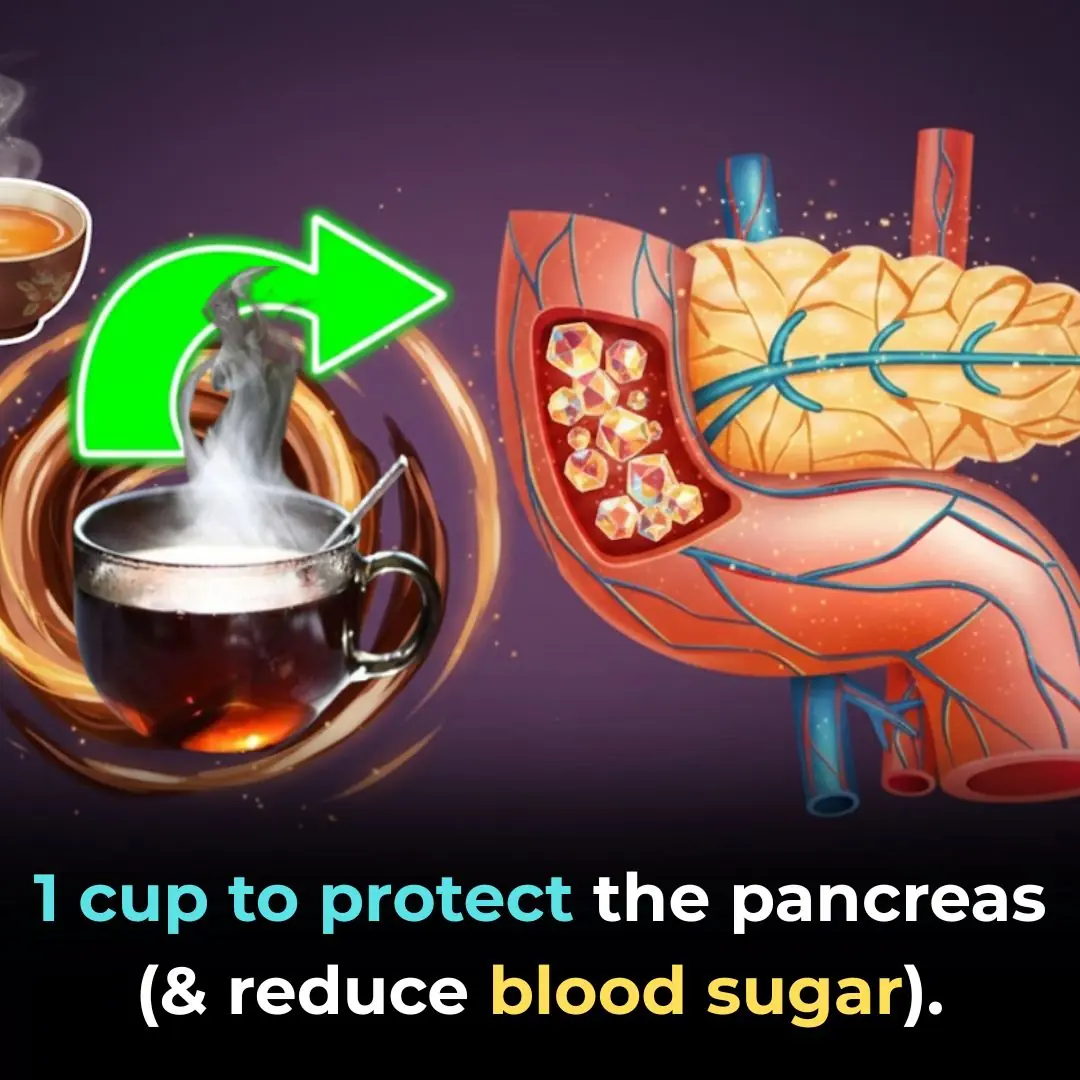
1 cup to protect the pancreas (and reduce blood sugar)
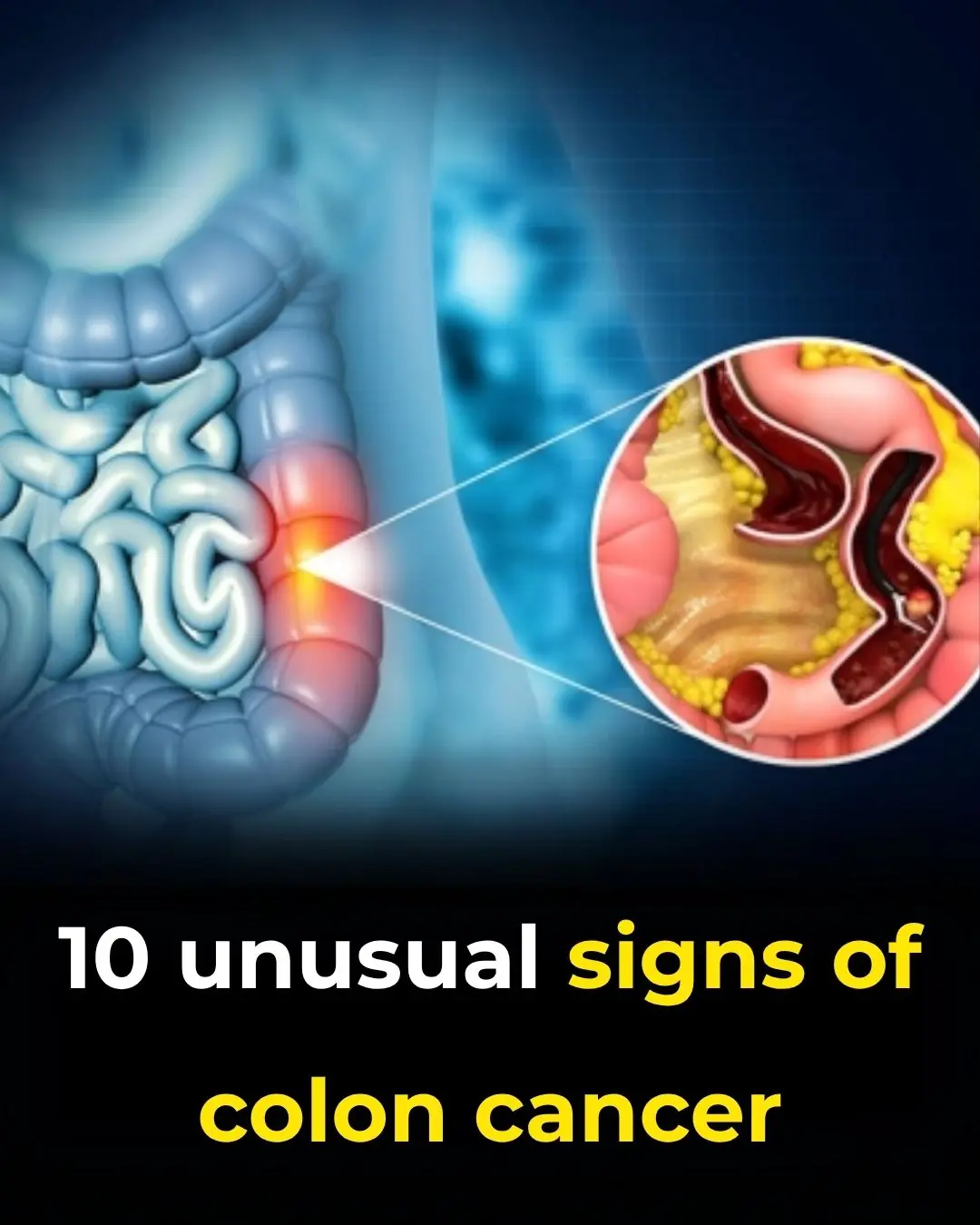
10 Warning Signs of Bowel (Colorectal) Cancer You Shouldn’t Ignore
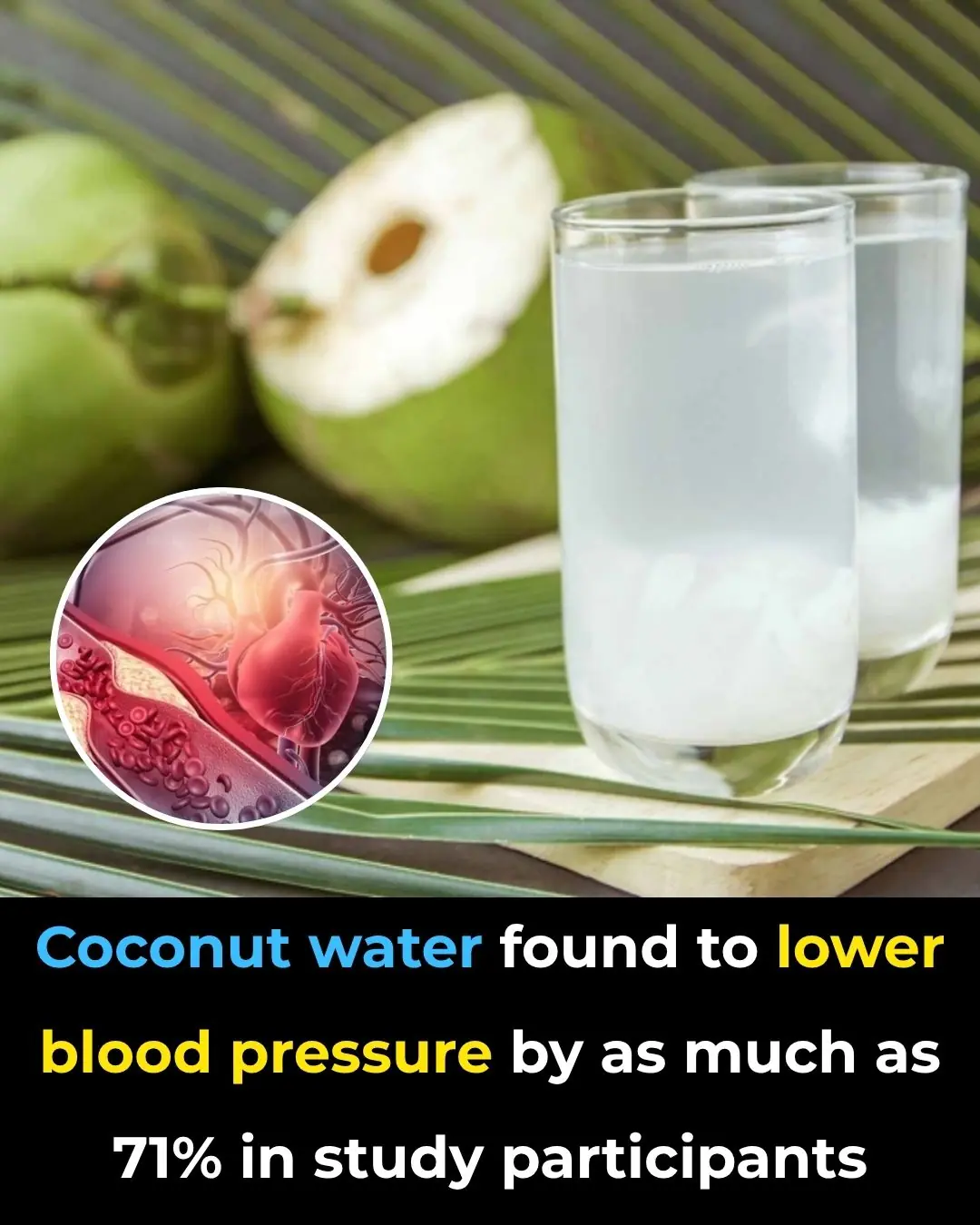
Coconut Water Found To Lower Blood Pressure By As Much As 71% In Study Participants
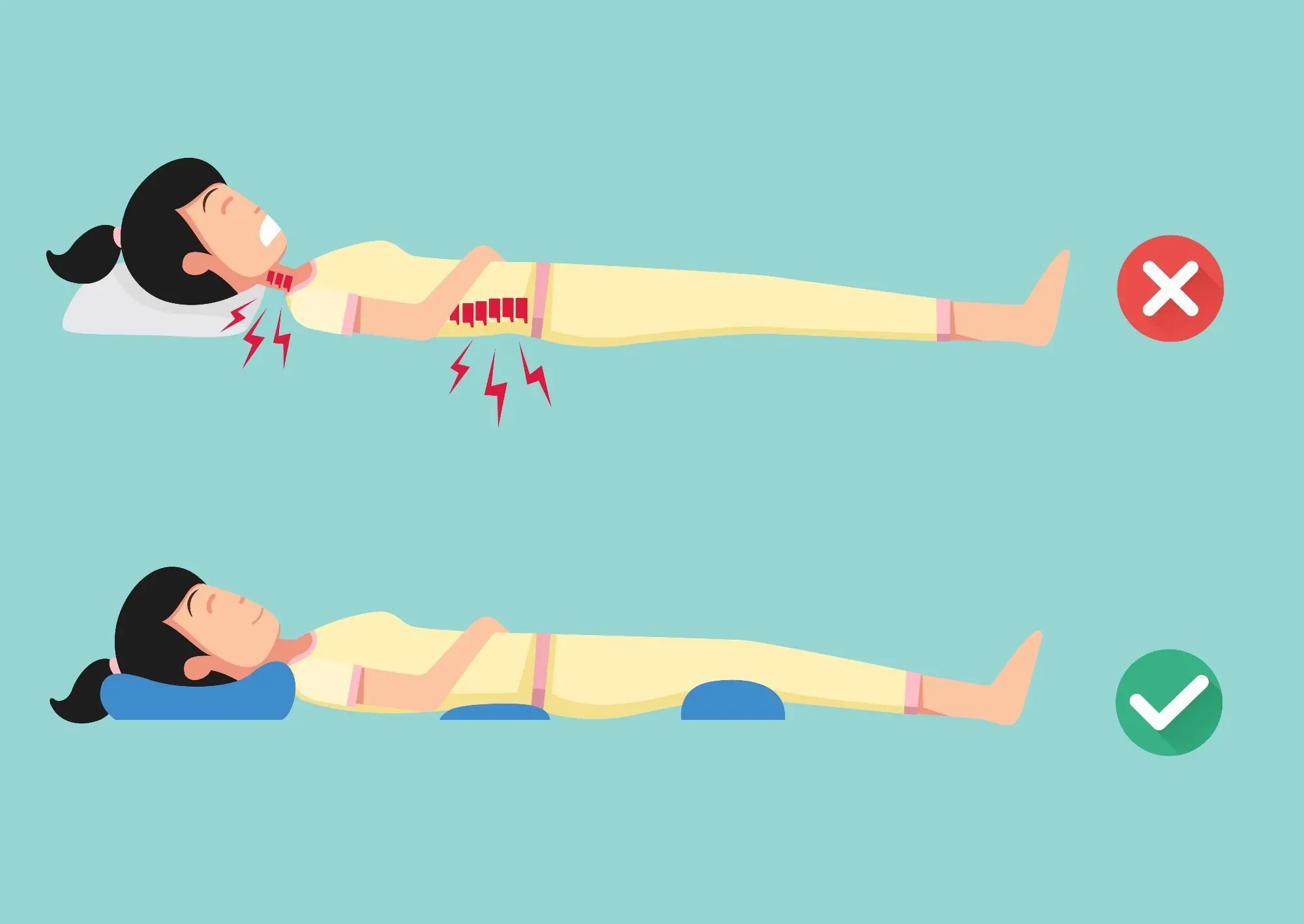
Best Sleeping Positions to Prevent Neck Pain Reflux and Keep Your Heart Healthy
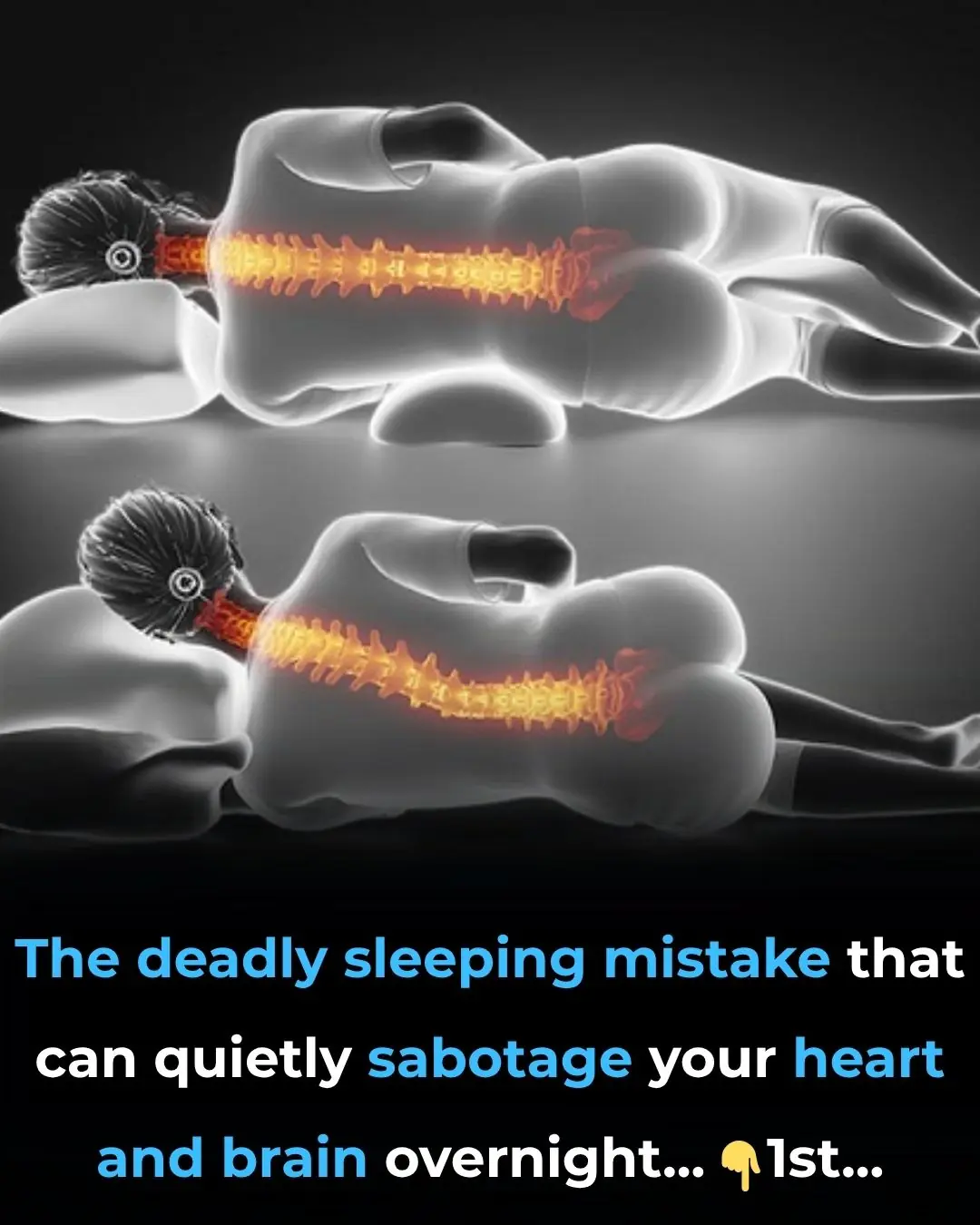
The deadly sleeping mistake that can trigger heart attack and stroke overnight!

Baking Soda and Castor Oil Can Treat More than 20 Health Problems

Why Keeping A Lemon In Your Bedroom Is A Great Idea
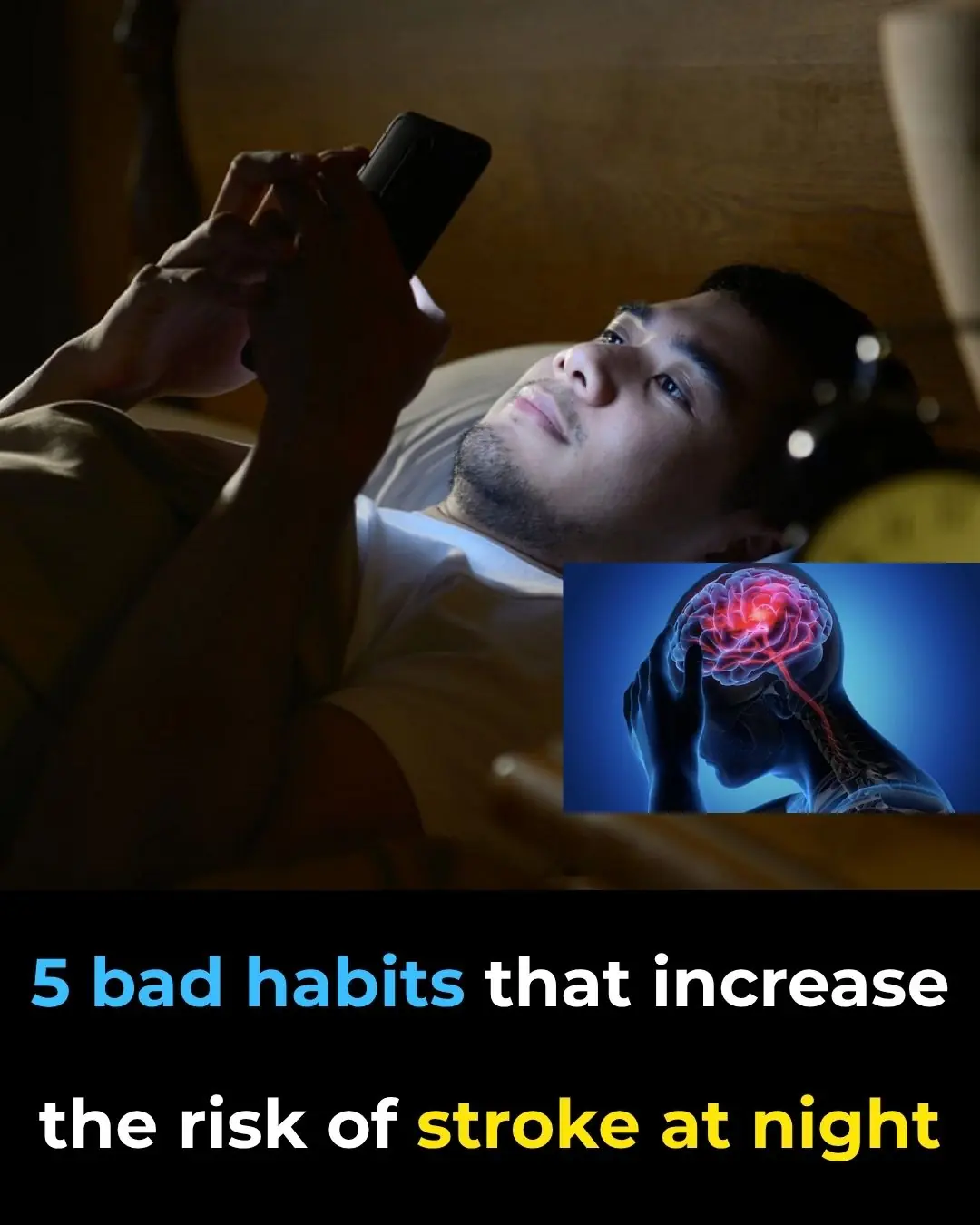
Nighttime Habits That Increase Your Risk of Stroke
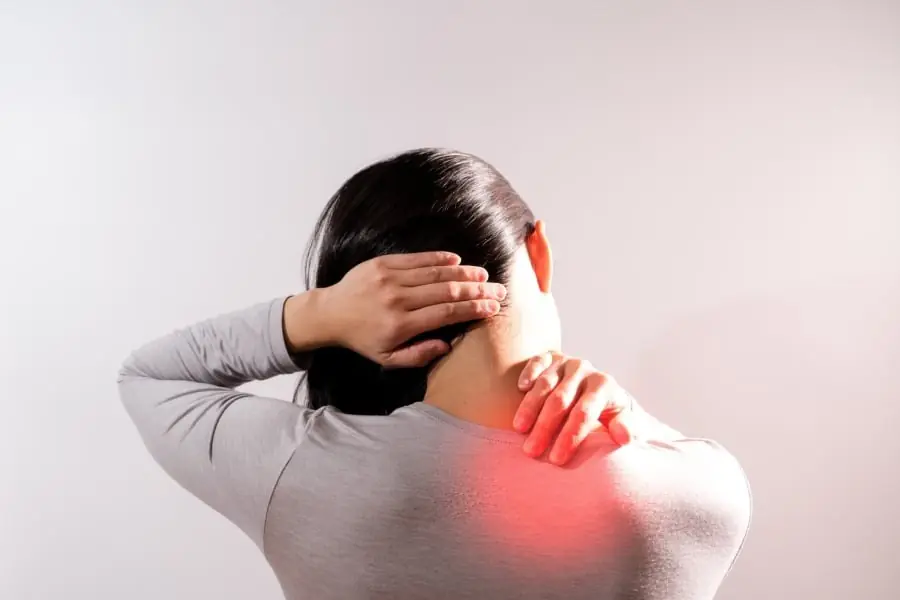
4 Types of Shoulder Pain That May Signal Dangerous Cancer — Don’t Mistake Them for Simple Joint Problems
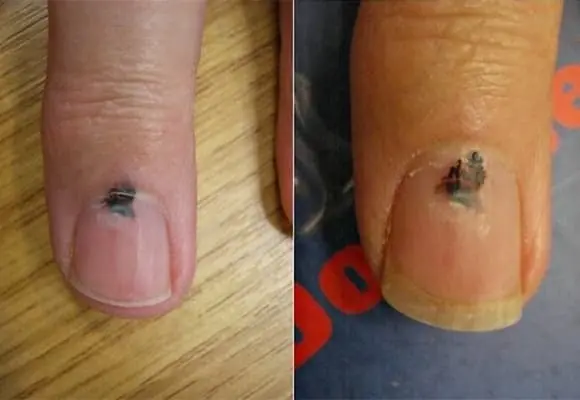
6 Body Parts That Turn Black May Signal Cancer — Don’t Ignore Them

The Amazing Power of Caesalpinia pulcherrima (Peacock Flower)
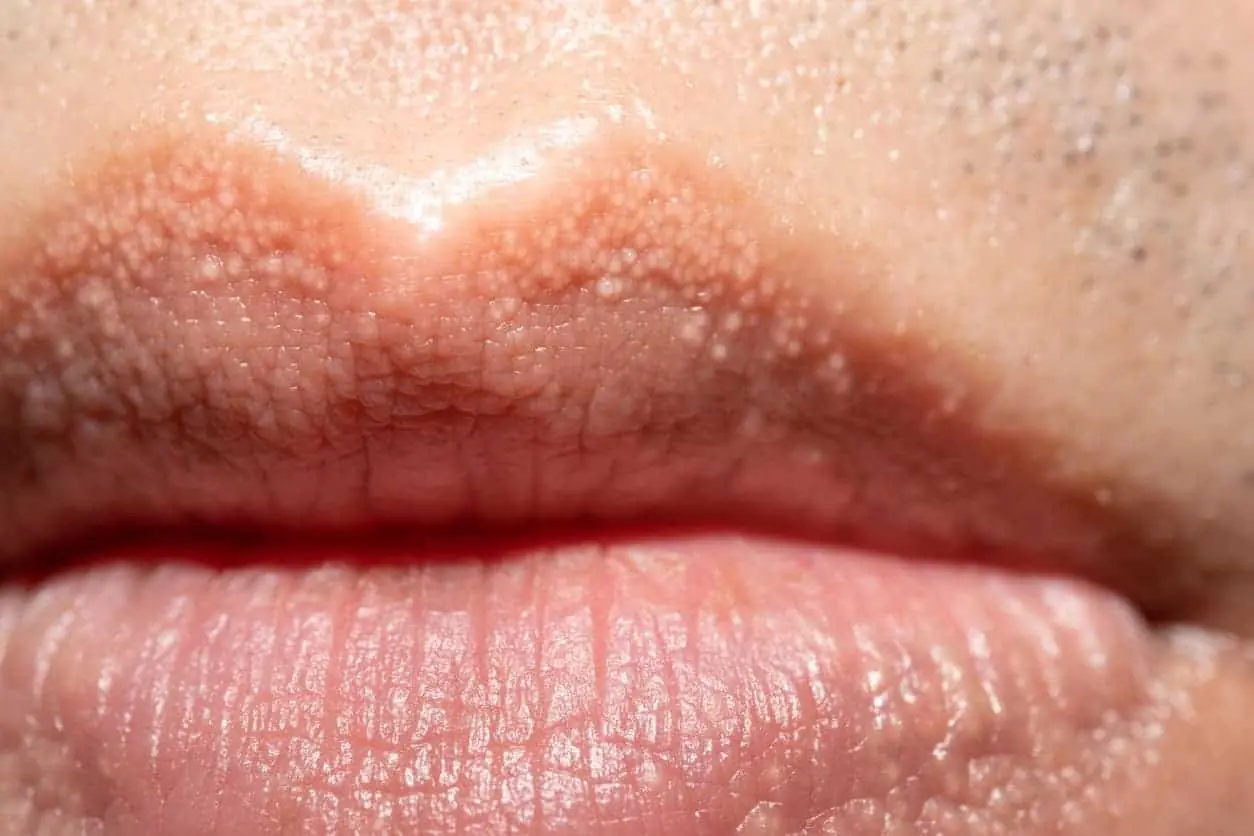
White Bumps or Spots on Lips: Causes and Effective Treatments

Corn Silk: 30 Health Benefits and How to Use It
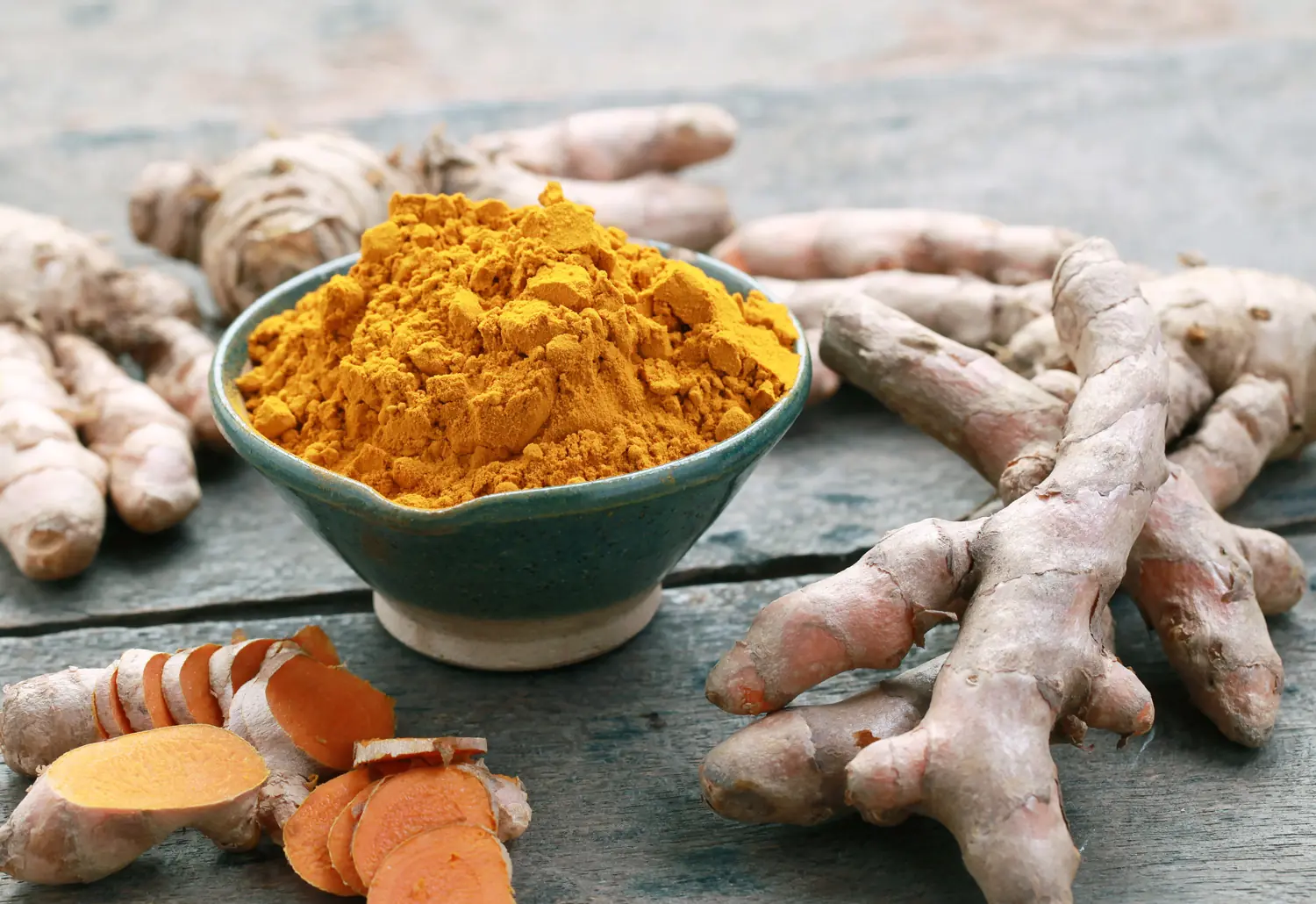
Turmeric Dosage: How Much You Actually Need for Arthritis, Cancer, and Other Diseases
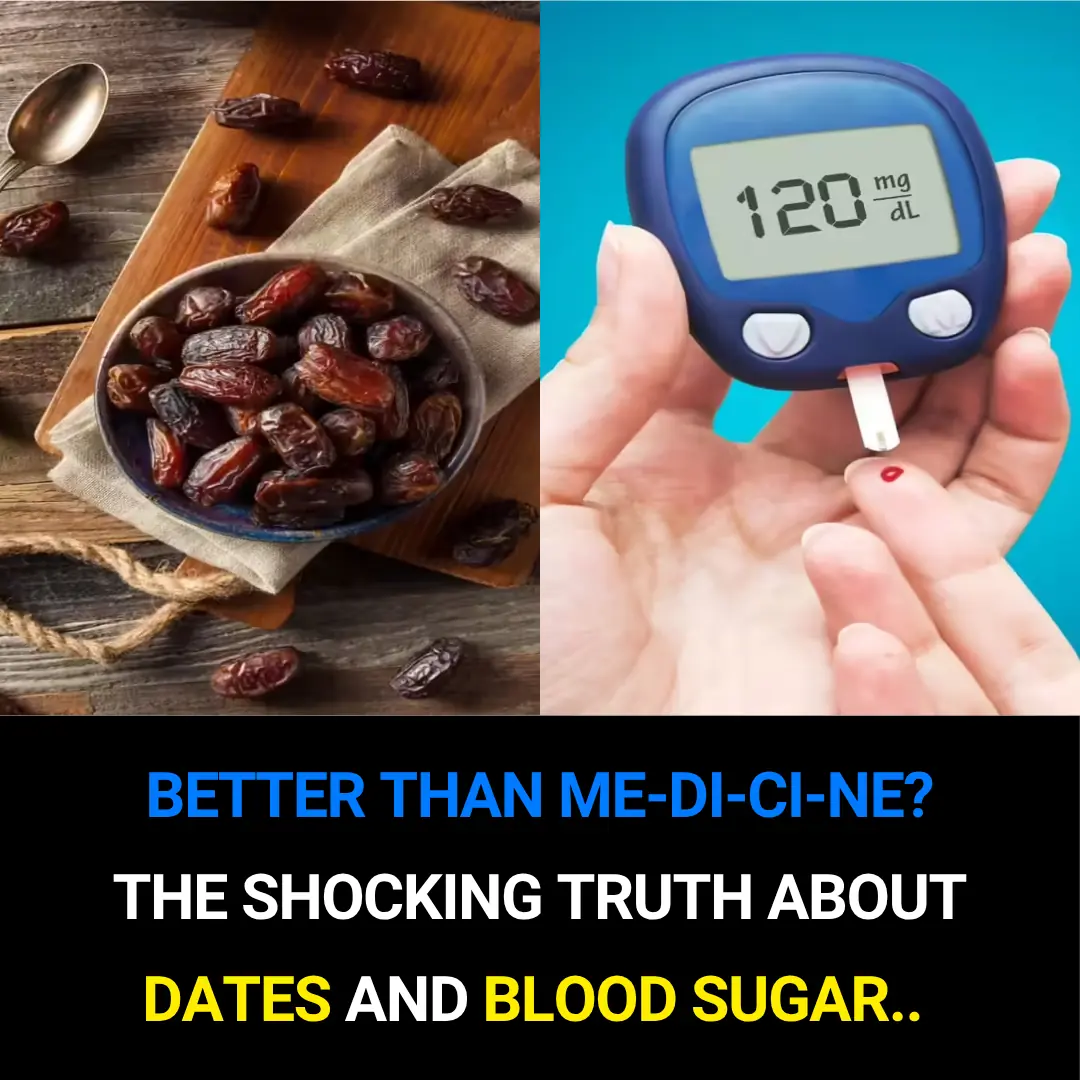
Better Than Medicine? The Shocking Truth About Dates & Blood Sugar!

7 Nuts You Should Eat for Better Health (and the #1 Nut You Should NEVER Touch)
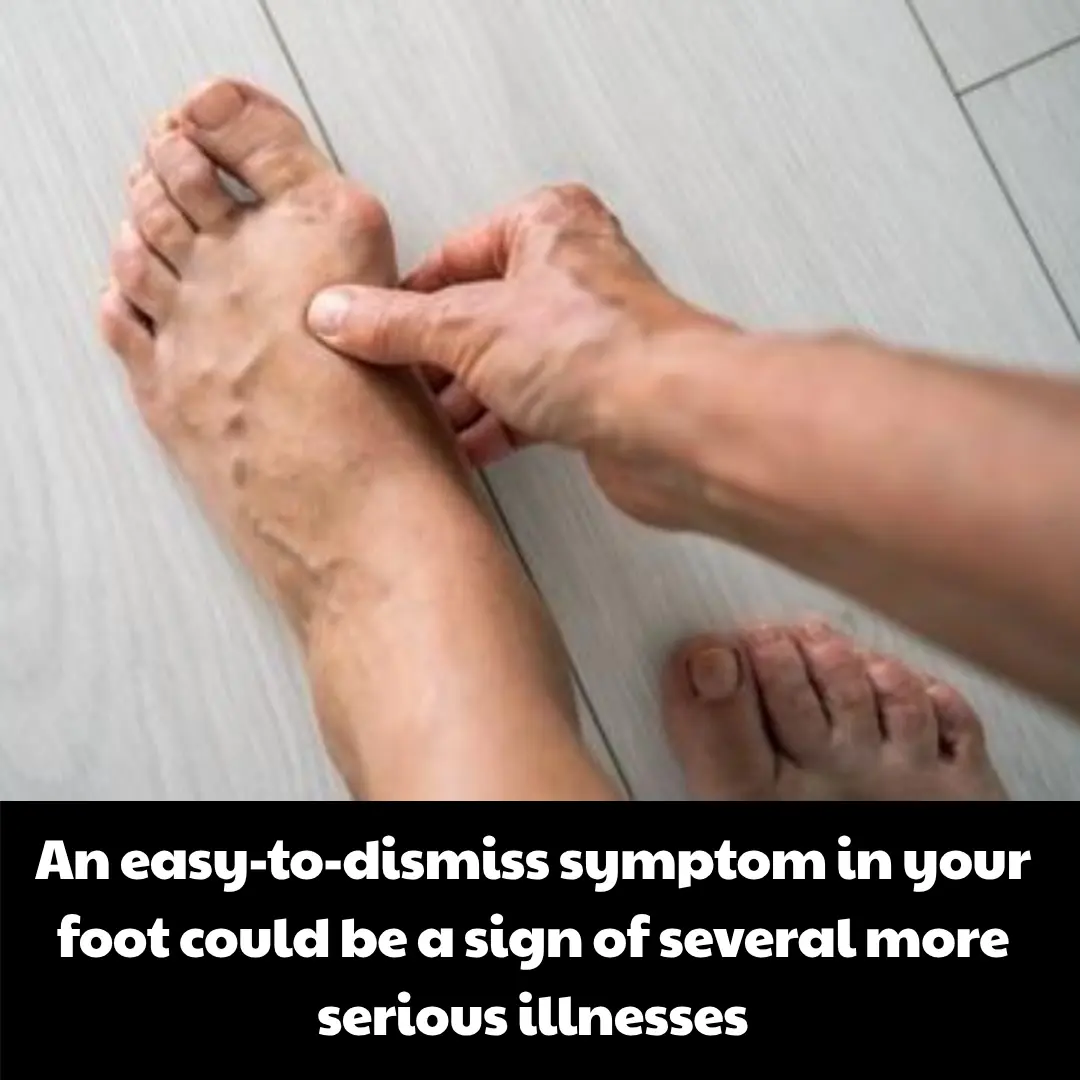
An easy-to-dismiss symptom in your foot could be a sign of several more serious illnesses

Doctor reveals 5 powerful snacks that help your body fight cancer and disease
News Post
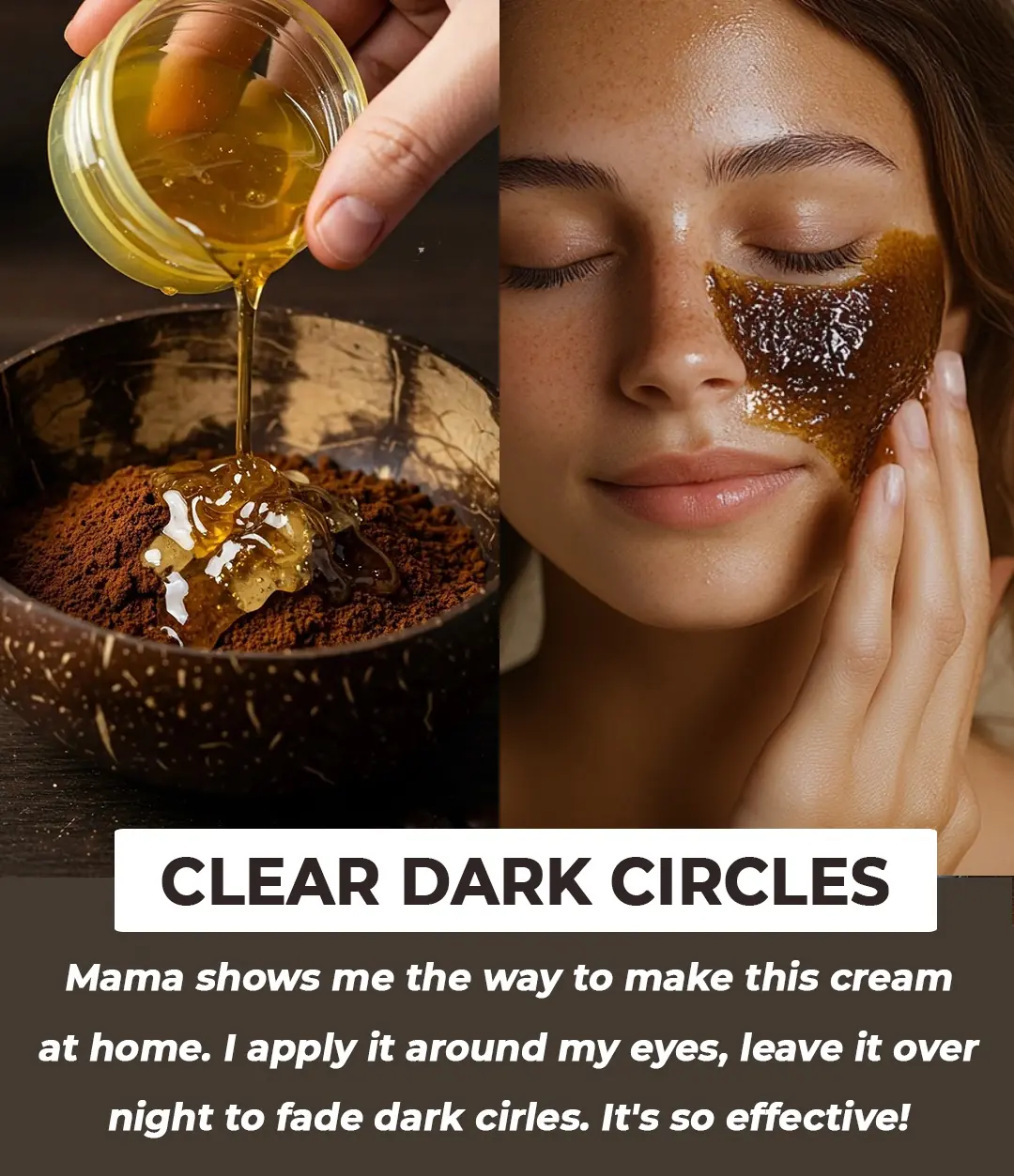
This Homemade Coffee & Turmeric Eye Cream Will Erase Your Dark Circles

How to grow clove plant at home – from seed to spice

7 Benefits Of Papaya Seeds & How To Consume Them Correctly

Chanca Piedra (Stonebreaker): Benefits and Uses

Nerve damage? 6 best oils to help repair your nerves
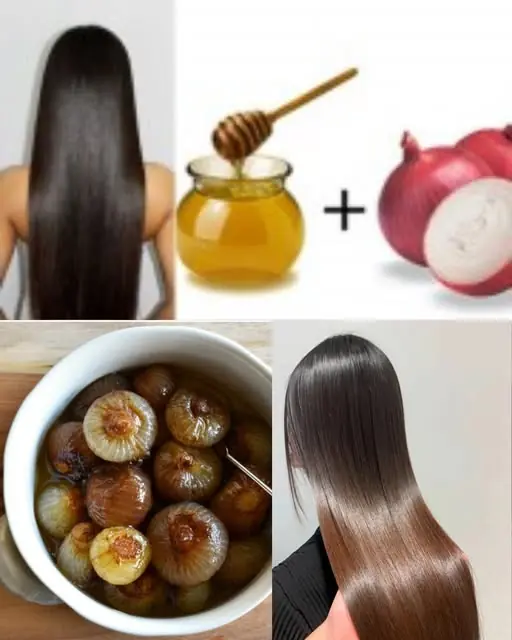
Red Onion for Hair Growth: How This Overlooked Natural Remedy Can Stop Hair Fall and Boost Thickness Fast

Banana and Coffee: Powerful combination with surprising benefits

1 cup to protect the pancreas (and reduce blood sugar)
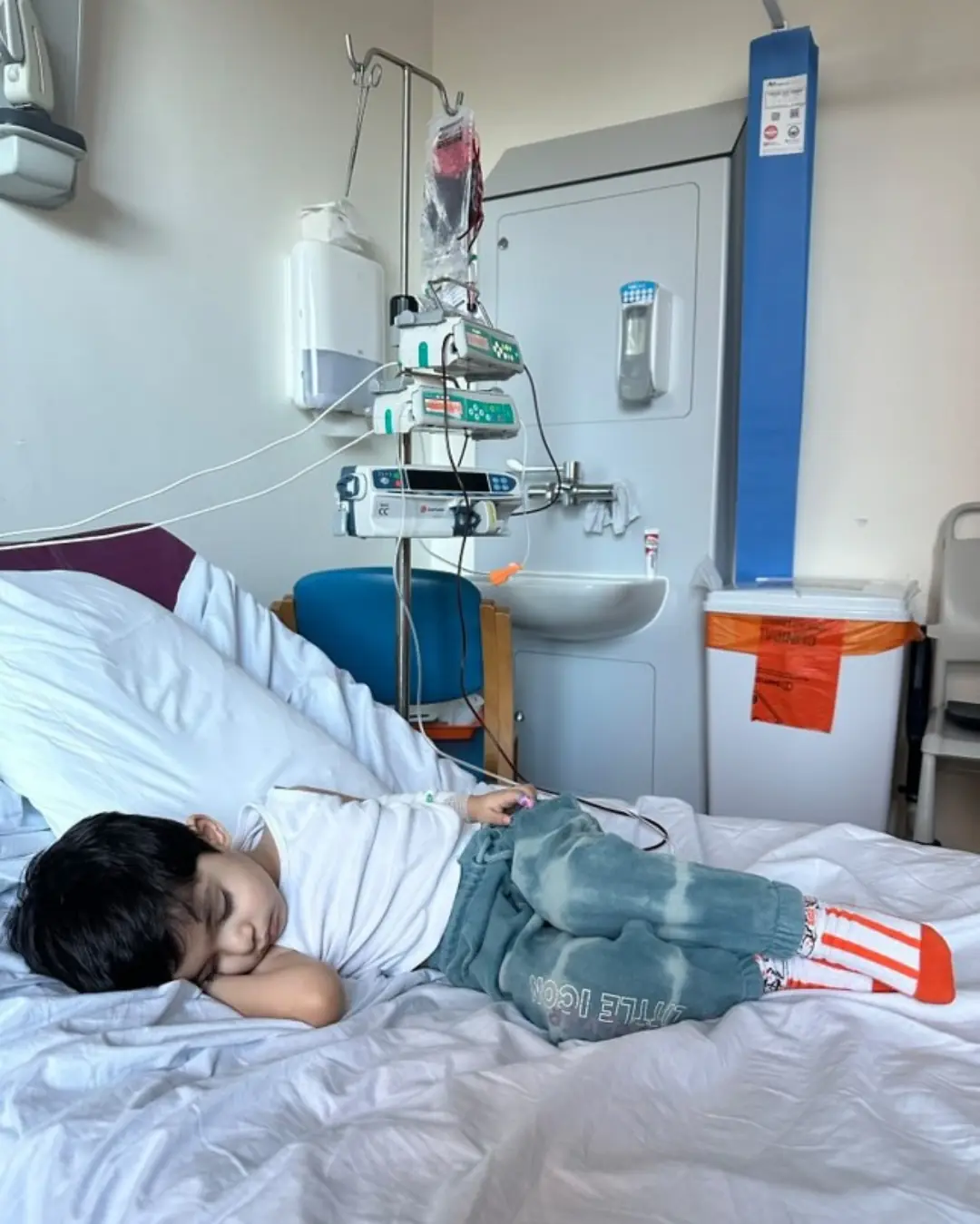
Manraj’s Journey: A Brave Little Fighter Who Beat Cancer

The Day Rick Swope Saved Jo-Jo the Chimp: A Heroic Act of Compassion

A Dramatic Rescue: The Courageous Effort to Save a Mother and Calf Elephant in Thailand

The Orange Cat and the Bears: A Friendship You Have to See to Believe

Little-known wonderful uses of baking soda in gardening

Remembering Tim Franklin: A Husband, Father, and Friend Who Loved With His Whole Heart

Abused Genius Turns King: The Lost Experiment That Became Legend of the Jungle

Why You Shouldn’t Wash Rice in the Inner Pot of an Electric Rice Cooker

Turns out I've been using it the wrong way for a long time

Semper Fi Until the End: Honoring Sgt. Kevin Lloyd, a True American Hero

🥚 5 Simple Ways to Tell if Your Eggs Are Fresh or Rotten 🚫
